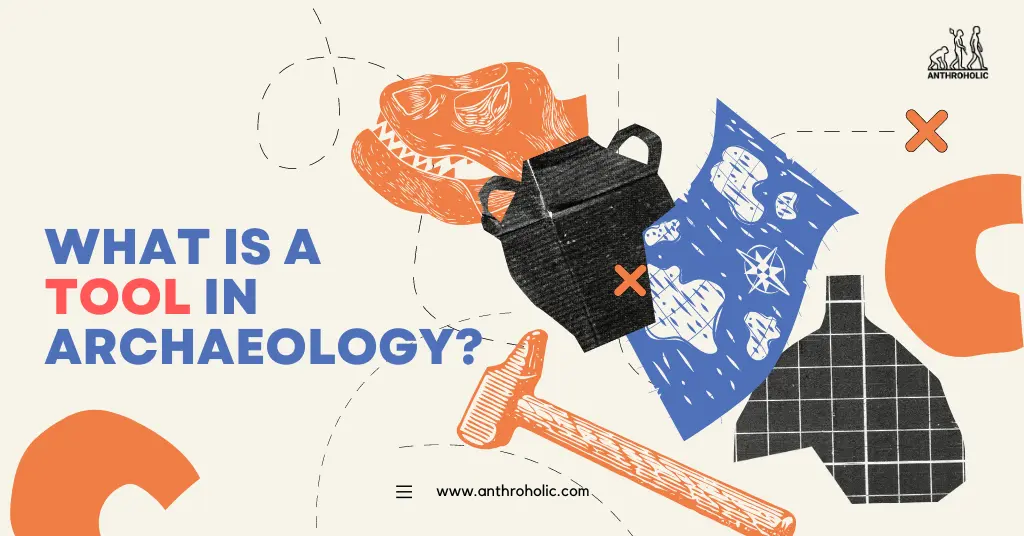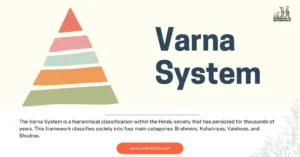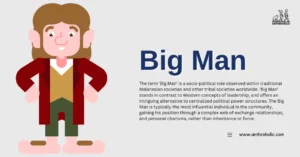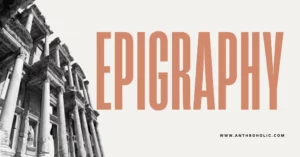AI Answer Evaluation Platform Live Now. Try Free Answer Evaluation Now
Tools in Archeology
The concept of tools, while seemingly elementary, bears extensive significance in archaeological anthropology. Tools, in the broadest sense, are objects or implements used to carry out a particular function or activity. They reflect the complexity and adaptability of human (and non-human) species, offering invaluable insights into behavioral patterns, technological advancements, cognitive abilities, and cultural evolution [1].

The Evolution of Tools
Early Tool Use
The genesis of tool use in humans and our ancestors can be traced back to the Oldowan technology, approximately 2.6 million years ago [2]. These early tools were simple and predominantly consisted of crudely knapped stones used for various tasks, such as cutting, scraping, and hammering.
Complex Tool Use
Complex tool use, signifying the employment of a sequence of actions to achieve a goal, emerged with the Acheulean tradition around 1.76 million years ago. Hand axes, cleavers, and other bifacial tools made their appearance, revealing the evolving cognitive abilities of Homo erectus [3].
Later Developments
The refinement in tool production techniques, represented by the Levallois method and the onset of blade technology, exhibits the sophistication of Neanderthals and early modern humans. The Upper Paleolithic era was marked by the proliferation of specialized tools, including needles, fishhooks, and art objects [4].
Table 1: Evolution of Tool Use
| Era | Tools | Species |
|---|---|---|
| Oldowan | Choppers, Scrapers | Early Homo, Australopithecus |
| Acheulean | Hand Axes, Cleavers | Homo erectus |
| Middle Paleolithic | Levallois Tools, Scrapers | Neanderthals |
| Upper Paleolithic | Needles, Fishhooks, Art Objects | Modern Humans |
Tool Use Outside Homo Sapiens
Tool use is not exclusive to Homo sapiens or even the genus Homo. Other animals, including primates, birds, and cetaceans, also exhibit tool use, challenging the traditional anthropocentric perception of tools [5].
For instance:
- New Caledonian crows fashion sticks to extract insects from tree bark.
- Dolphins utilize marine sponges to protect their snouts when foraging on the sea floor.
- Chimpanzees use sticks to fish for termites, demonstrating not only tool use but also tool manufacture.
Tools and Cultural Transmission
Tools are pivotal in cultural transmission. They bear the mark of their creators, providing insights into technological prowess, artistic inclination, social organization, and economic systems.
- Technological prowess: The complexity and functionality of tools reflect the technological knowledge of their creators.
- Artistic inclination: Many tools are embellished with designs, indicating aesthetic appreciation.
- Social organization: Some tools are indicative of hierarchical societies, such as weapons for warriors or ceremonial objects for leaders.
- Economic systems: Tools related to agriculture, hunting, or crafting reveal the economic strategies of societies.
Tools as Cognitive and Linguistic Indicators
Tools and Cognitive Abilities
The design and manufacture of tools require a certain level of cognitive complexity. For instance, the Levallois method involves envisaging the final product (the flake) within the raw material (the core) before the manufacturing process begins. This illustrates ‘planning depth’, a cognitive behavior not often seen outside of human species. However, evidence of other animals using and even crafting tools attests to their cognitive abilities as well.
Tools and Language Development
Some researchers suggest a link between tool-making and language development in early humans. Both involve the execution of learned sequences, and it is possible that these two abilities evolved together. One theory is that the hand-eye coordination and motor skills required for tool-making may have contributed to the development of neural circuits that also facilitated language skills.
Tools and Society
Tools provide a window into societal structures. They can reflect social hierarchies (different tools for different social classes), gender roles (distinct tools for men and women), and age-based roles (different tools for adults and children).
Table 2: Societal Insights through Tools
| Tool | Likely User | Society Insight |
|---|---|---|
| Weapons | Warriors, Hunters | Existence of conflict or hunting-based economy |
| Ceremonial Objects | Leaders, Clergy | Hierarchical structure, religious practices |
| Cooking Utensils | Women (in many traditional societies) | Gender roles |
| Toy Implements | Children | Early training, socialization |
Conclusion
In the grand tapestry of life, tools stand as a testament to the creativity and adaptability of living organisms. Whether it’s a chipped stone of an early hominid or a computer in a modern human’s hand, tools encapsulate our desire to manipulate our environment, solve problems, and enhance our existence. They carry imprints of our past, mirror our present, and guide us into the future.
References
[1] Shott, M. J. (1986). “Technological organization and settlement mobility: An ethnographic examination”. Journal of Anthropological Research.
[2] Semaw, S., Renne, P., Harris, J. W. K., Feibel, C. S., Bernor, R. L., Fesseha, N., & Mowbray, K. (1997). 2.5-million-year-old stone tools from Gona, Ethiopia. Nature.
[3] Lepre, C. J., Roche, H., Kent, D. V., Harmand, S., Quinn, R. L., Brugal, J. P., Texier, P. J., Lenoble, A., & Feibel, C. S. (2011). An earlier origin for the Acheulian. Nature.
[4] Mellars, P. (2004). Neanderthals and the modern human colonization of Europe. Nature.
[5] Shumaker, R. W., Walkup, K. R., & Beck, B. B. (2011). Animal tool behavior: The use and manufacture of tools by animals. Johns Hopkins University Press.




